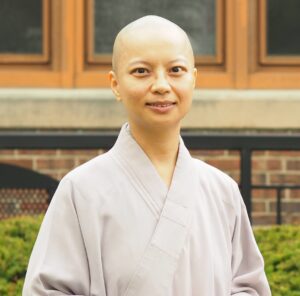mindfulness
Select an item by clicking its checkbox
Funie Hsu’s “How Mainstream Mindfulness Erases Its Buddhist Roots” hit my classroom like a bombshell. We had studied Hindu and Buddhist teachings in my sophomore-level philosophy class, and we were ending the semester by discussing the mindfulness movement. I had introduced Mindfulness Based Stress Reduction (MBSR) and we had ...
One of my courses is a first-year tutorial designed to fit in with the college-wide objectives to develop new students’ basic academic skills, including writing, critical reading, and oral communication. It also involves individually advising new students to navigate their learning journey until they declare their major field of study. ...
One of the cruel ironies of teaching in Atlanta is that the so-called fall semester always begins in the damp-flames-of-hell climate that is August in Georgia. But this morning, as I sit with my coffee on my back porch, I recognize the halting, modest signs that a proper fall may ...
I distinctly remember what my husband said when he found me typing an email to a student in the middle of the night, the glow of my laptop illuminating my face in the darkness: “You need to set better boundaries.” Suffering from insomnia–whether it was in the late stages ...
I distinctly remember what my husband said when he found me typing an email to a student in the middle of the night, the glow of my laptop illuminating my face in the darkness: “You need to set better boundaries.” Suffering from insomnia–whether it was in the late stages ...



